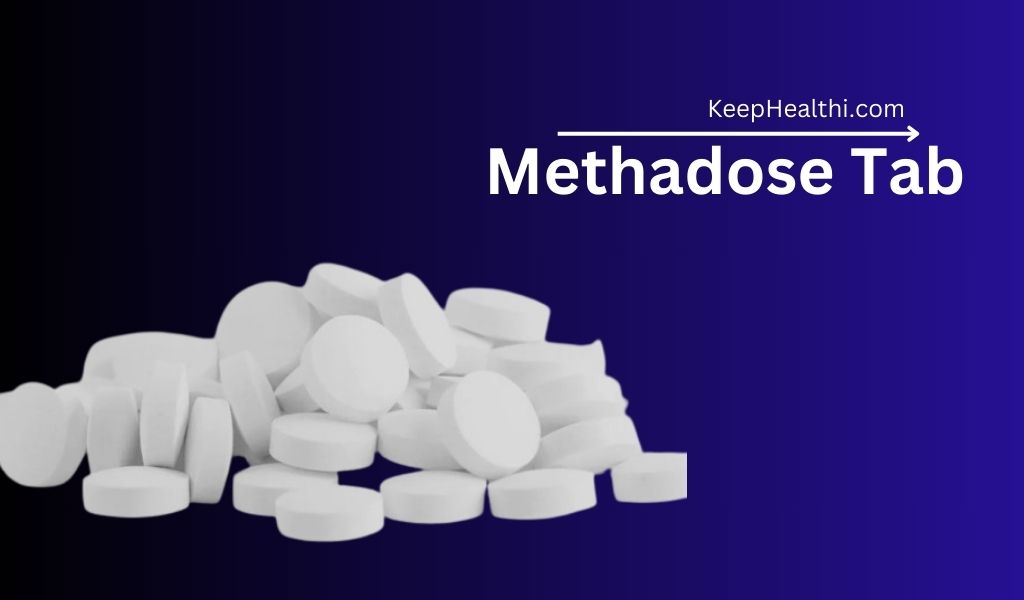Learn about Methadose, its uses, side effects, and how to safely manage opioid addiction and severe pain with this prescription medication in 2024.
Methadose is a medication that plays a crucial role in treating opioid addiction and managing severe pain. Understanding its uses, side effects, and how to use it safely is essential for anyone prescribed this medication. Let’s dive into what Methadose is, how it works, and important information you should know.
Contents
What is Methadose?
Methadose, the brand name for methadone, is a long-acting opioid agonist. It’s primarily used in medication-assisted treatment (MAT) programs to help individuals overcome opioid addiction and for managing severe, chronic pain. Methadose works by altering how the brain and nervous system respond to pain and reducing withdrawal symptoms and cravings in people addicted to opioids.
Common Uses of Methadose
- Opioid Addiction Treatment: Methadose is essential in the treatment of opioid use disorder, helping to reduce withdrawal symptoms and cravings.
- Chronic Pain Management: It is also used to manage severe, chronic pain when other pain relievers are ineffective.
How to Take Methadose
Methadose is available in various forms, including tablets, dispersible tablets, and oral solutions. The dosage and form depend on the specific condition being treated and individual patient needs. It’s crucial to follow your healthcare provider’s instructions to ensure the medication’s effectiveness and minimize potential side effects.
Potential Side Effects
While Methadose can be effective, it can also cause side effects. Common side effects include:
- Drowsiness: A common side effect that can impair your ability to perform tasks requiring alertness.
- Constipation: Methadose can cause significant constipation, requiring dietary adjustments or medication.
- Nausea and Vomiting: These are common, especially when first starting the medication.
- Sweating: Increased sweating is a frequent side effect.
- Respiratory Depression: Methadose can slow breathing, which can be dangerous and requires medical attention.
- Dependence and Withdrawal: Long-term use can lead to physical and psychological dependence, and abrupt discontinuation can cause withdrawal symptoms.
Precautions and Interactions
Before taking Methadose, discuss your medical history with your doctor, especially if you have:
- Respiratory issues such as asthma, COPD, or sleep apnea
- Liver or kidney disease
- Heart problems, including irregular heartbeat
- A history of substance abuse or addiction
Methadose can interact with other medications, including other opioids, sedatives, antidepressants, and certain antibiotics. Always inform your healthcare provider about all the medications and supplements you are taking to avoid dangerous interactions.
Safe Use and Storage
To use Methadose safely:
- Follow the Prescription: Take the medication exactly as prescribed. Do not take larger amounts or for longer than prescribed.
- Avoid Alcohol: Alcohol can increase the sedative effects of Methadose and can be dangerous.
- Store Securely: Keep Methadose in a secure place away from children and others who might misuse it.
- Avoid Abrupt Discontinuation: Do not stop taking Methadose suddenly without consulting your doctor, as this can cause severe withdrawal symptoms.
When to Seek Help
If you or someone you know experiences severe side effects, signs of overdose (such as extreme drowsiness, confusion, shallow breathing, or coma), or if you suspect misuse or dependence, seek medical help immediately.
Conclusion
Methadose can be a powerful tool in treating opioid addiction and managing severe pain when used correctly. By understanding its uses, potential side effects, and following your healthcare provider’s guidance, you can use Methadose safely and effectively. Always communicate openly with your doctor about your experience and any concerns.
Stay informed and stay healthy.

